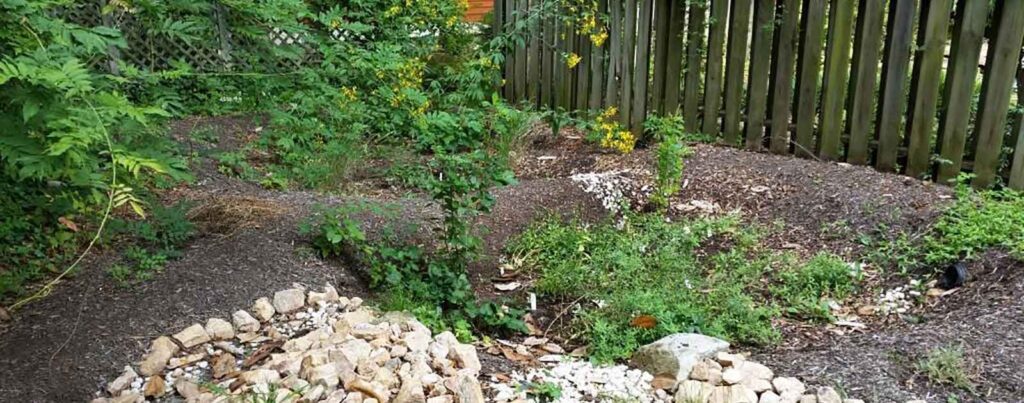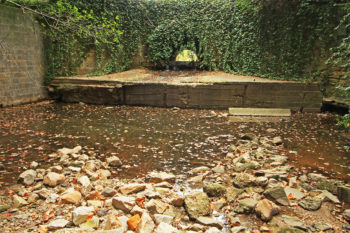Green Infrastructure Plan Sprouts in Raleigh, NC
Raleigh is plotting an innovative and thoughtful path toward resurrecting its forgotten streams and beginning to heal the Neuse River.

Raleigh is plotting an innovative and thoughtful path toward resurrecting its forgotten streams and beginning to heal the Neuse River.
Like many other highly urbanized cities, Raleigh was built at a time when there was little understanding of the impacts that poorly treated stormwater would have on the health of local streams. As a result, its streams currently suffer from the ill effects of “urban stream syndrome,” which encompasses wildly variable flows, very limited wildlife habitat, and terrible water quality. Anyone who has passed one of the area’s trash-strewn creeks or visited a nearly dry stream bed has likely observed this phenomenon.
Unfortunately, this damage reaches beyond the shores of Raleigh’s streams. One of North Carolina’s most iconic rivers, the Neuse, is fed by all these damaged waterways. Communities along the length of the river rely on its clean water for agriculture and maritime commerce. To reduce its impact on its local rivers and streams, Raleigh developed and has begun to implement a green infrastructure plan.
The City Council unanimously adopted the plan this spring, after stakeholders spent more than two years working to find new ways for the city to address its infrastructure problems. Now, project planners must consider how water will interact with their buildings, roads, or parks. The city will also invest in green infrastructure, such as rain gardens, cisterns, and green streets, on city-owned property. Additionally, city officials will work with private landowners to retrofit their property or install new green infrastructure.
The plan was the result of a long collaboration process that built trust and commitment among diverse stakeholders.
It will take decades to fully implement the plan, but stakeholders can expect the presence of green infrastructure projects to increase exponentially over that time.
At the end of this process, Raleigh residents can expect that the streams and creeks that trickle through their city will be cured of “urban stream syndrome.” Instead, they will become attractions for area families, urban oases for wildlife, and natural sources of clean water for the Neuse.




